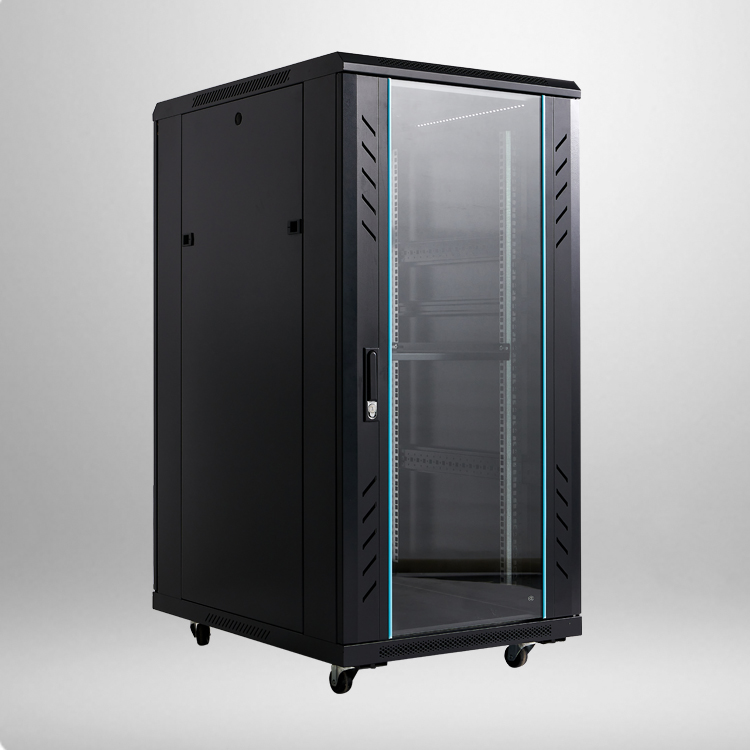
Choosing the perfect server cabinet for your business is a critical decision, as it can determine the optimal performance and security of your server infrastructure. There are many factors to consider when selecting a server cabinet, including size, ventilation, security, and cable management. In this article, we will discuss these key factors and provide guidance to help you choose the best server cabinet for your business.
Size
The size of the server cabinet is the first consideration you should make. It is important to choose a cabinet that accommodates your current server infrastructure and has room for growth in the future. Most server cabinets are either 42U or 48U in height, but they can vary in width and depth. The standard depth for server cabinets is 1000mm, but some may be as shallow as 600mm or as deep as 1200mm. Be sure to measure your server equipment to ensure that it will fit properly in the cabinet you choose.
Ventilation
Ventilation is critical for the proper functioning of your server infrastructure. Make sure the network server cabinet you choose has adequate ventilation to prevent your servers from overheating. The cabinet should have fans or vents that allow for optimal airflow. Consider the location of the cabinet and the ambient temperature of the room to determine the amount of ventilation required. If the room is particularly warm or you have high-density equipment, you may need to invest in additional cooling systems.
Security
Security is also an important factor to consider when choosing a server cabinet. Your server infrastructure likely contains sensitive data and information, so it is important to protect it from unauthorized access or theft. Choose a cabinet with a sturdy lock or a combination lock to prevent unauthorized access. Some cabinets may also have biometric locks that use fingerprints or retinal scans for added security.
Cable Management
Good cable management is essential for the proper functioning of your server infrastructure. A server cabinet with poor cable management can lead to cable tangling and equipment damage, which can negatively impact your server’s performance. Choose a server cabinet with cable management features such as cable trays, cable channels, and cable ties. Cable ties can be used to secure and organize cables, while cable trays and channels can be used to route cables and keep them out of the way.
Accessibility
Depending on the configuration of your server infrastructure, it may be necessary to choose a server cabinet that provides easy accessibility. A server cabinet with front and rear doors can make it easier to access and manage your equipment, especially if you need to make changes or updates frequently. Some cabinets also have removable side panels for easy access to the equipment.
Choosing the perfect server cabinet for your business requires careful consideration of many factors. Size, ventilation, security, cable management, and accessibility are all important considerations that can impact the performance and security of your server infrastructure. When choosing a server cabinet, make sure to measure your equipment and consider your current and future needs. Pay attention to ventilation and cooling systems to prevent overheating, and choose a cabinet with adequate security features to protect your sensitive data. Good cable management and easy accessibility are also important considerations to ensure the optimal functioning of your server infrastructure.


